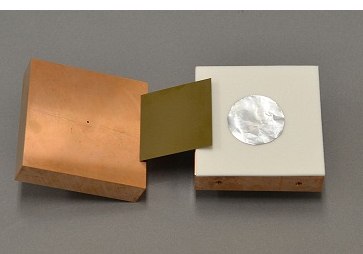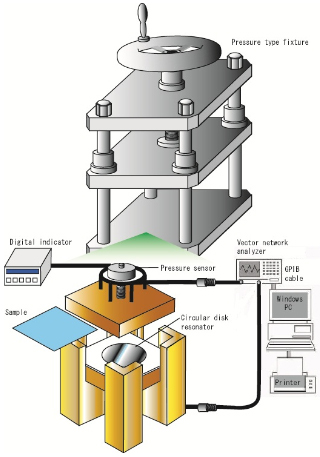
The system is for measureing the relative permittivity and dielectric loss tangent in the thickness direction of a sheet material with relatively small dielectric loss whose relative permittivity is approximately 1.05 to 10 at frequencies from 3 GHz to 70 GHz.
This measurement method was presented at IEEE IMS in 2012.
However, we have not sold any and currently do not recommend this method.
1.Inaccuracy of dielectric loss tangent is caused by physical factors and cannot be solved.
2.Anisotropy is undesirable in high-frequency substrates, there is no need for it in the first place.
The recommended method is as follows.
Of course, we can recommend a suitable system upon your measurement requirements.
Please feel free to contact us!

Resonance Method, Strip Line Type [DPS50]
Capable of measuring dielectric constant and dielectric loss tangent in the thickness direction from 1GHz to 14GHz. It is used by major manufacturers for production lines and R&D applications.
Open Resonator Method [DPS03]
It is possible to perform measurement of planar dielectric constant and dielectric loss tangent from 18 GHz to 140 GHz - 5G applications, film.
Frequency Change Method [DPS10]
Planar dielectric constant and dielectric loss tangent measurements from 18 GHz to 140 GHz - for automotive radar applications, radome measurements, and resin plate measurements - are possible.
Place a sample on 2 different PCB resonators and overlay the metal lid on each to apply pressure, and take measurements twice.
This method will
1.Eliminate the fringing effect
2.Eliminate conductor loss of resonator
3.Eliminate the necessity for creating resonance pattern
4.Generate an electric field perpendicular to the sample sheet



